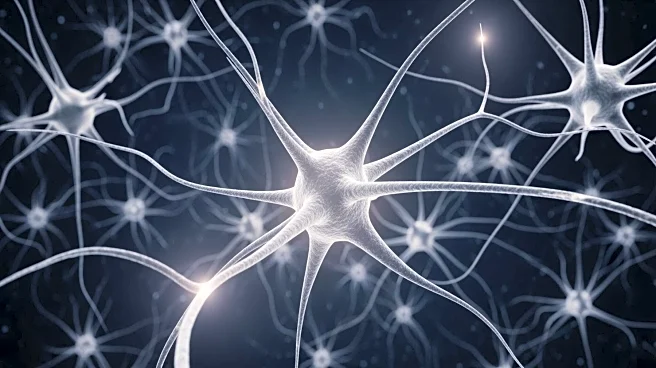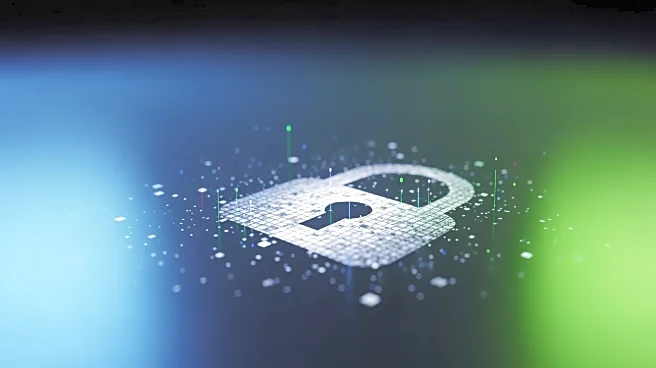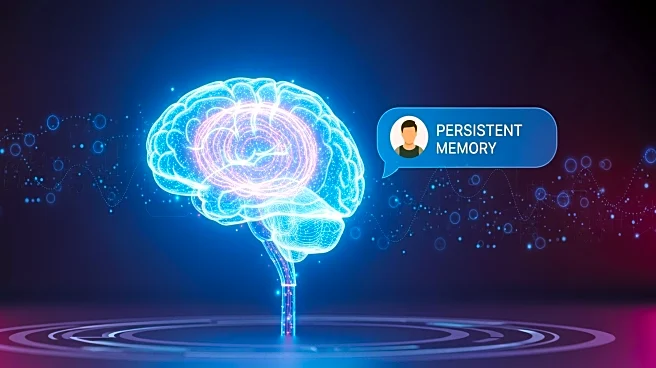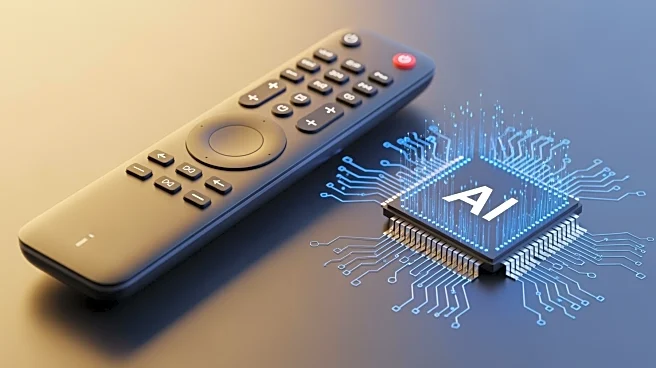What's Happening?
Researchers at MIT's Picower Institute for Learning and Memory have discovered a mechanism by which the brain refocuses after distractions. The study, led by Tamal Batabyal and published in the Journal
of Cognitive Neuroscience, reveals that synchronized neural activity, appearing as rotating waves across the brain, helps guide thought back to the task at hand. During experiments, animals performed a visual working memory task while encountering distractions. The researchers monitored electrical signals from neurons in the prefrontal cortex, using subspace coding to visualize neural coordination. They found that after distractions, neural activity formed rotating patterns, indicating the brain's recovery of focus. The degree of rotation predicted task performance, with complete rotations signaling full recovery and incomplete rotations indicating disrupted focus.
Why It's Important?
This discovery is significant as it provides insight into how the brain maintains focus amidst distractions, a crucial aspect of cognitive function. Understanding this mechanism could have implications for developing treatments for attention-related disorders, such as ADHD. The study suggests that the brain uses energy-efficient analog computation through traveling waves, which could inform new approaches in neuroscience and computational models. By revealing how neural coordination is preserved, the research may lead to advancements in enhancing cognitive performance and managing distractions in various settings, including educational and professional environments.
What's Next?
Future research may explore how these rotating waves can be manipulated or enhanced to improve focus and cognitive performance. There is potential for developing therapeutic interventions targeting these neural mechanisms to aid individuals with attention deficits. Additionally, the findings could inspire new computational models that mimic the brain's analog computation, offering more efficient solutions in artificial intelligence and machine learning. Researchers may also investigate how different types of distractions affect neural rotations and recovery, providing deeper insights into cognitive resilience.
Beyond the Headlines
The study highlights the brain's ability to perform analog computation, which is more energy-efficient than digital computation. This could lead to a paradigm shift in understanding neural processes and inspire innovations in technology that emulate biological efficiency. The research also underscores the importance of temporal dynamics in cognitive recovery, suggesting that timing plays a crucial role in how the brain regains focus. These insights could influence educational strategies and workplace practices to optimize attention and productivity.












